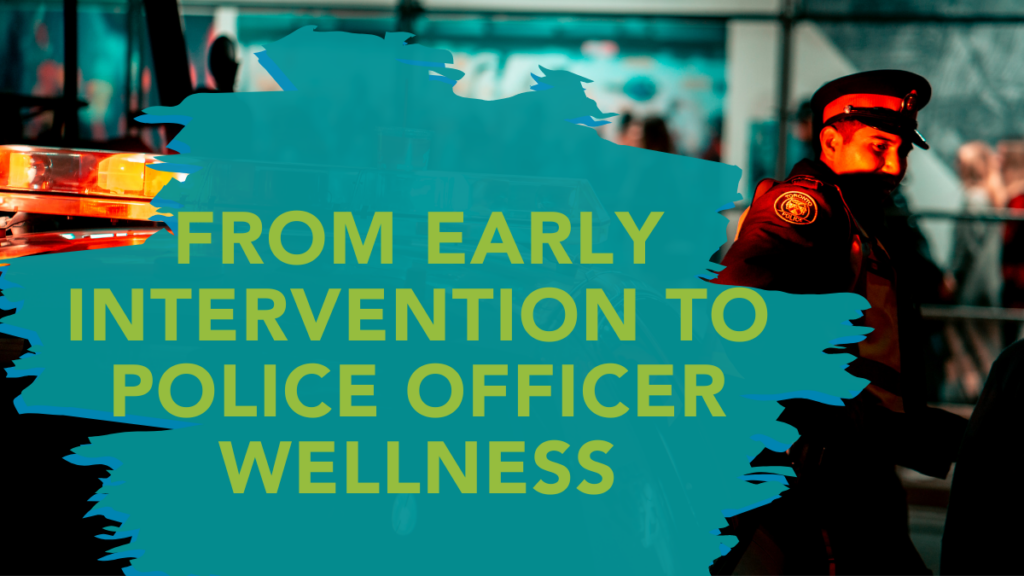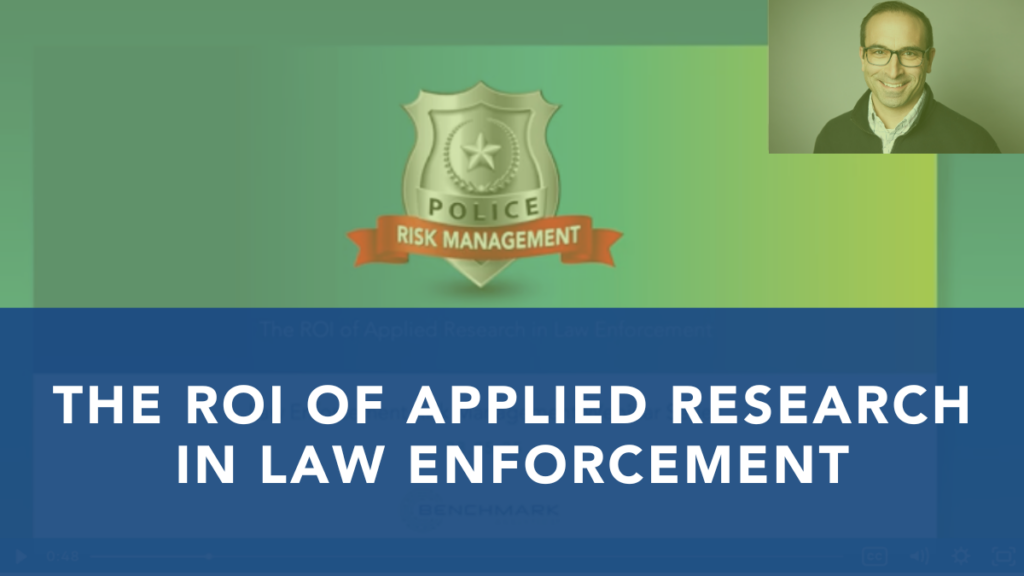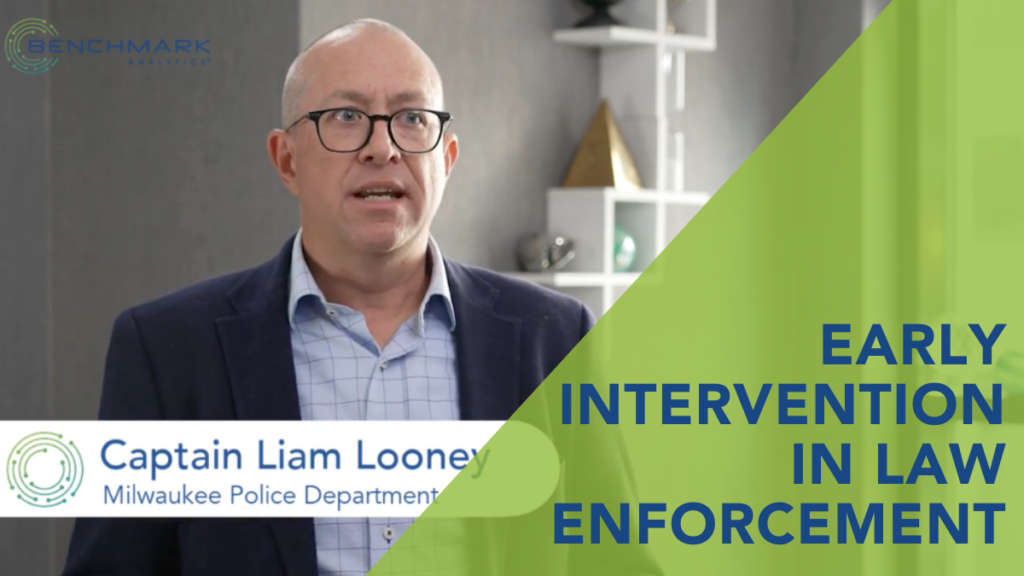Three Factors Driving Increases in Municipal Insurance Premiums
Posted
January 14, 2022
Share:
City risk managers, municipal budget directors, and law enforcement leaders are increasingly viewing rapidly growing insurance premiums related to policing as a major concern going into 2022. With premiums rising as much as 20% year over year, many municipal budget officials are finding themselves in a difficult position to balance revenue and expenditure on essential city services. What’s more, a global pandemic and changing legislation have created new funding priorities.
 For municipalities with police agencies, law enforcement-related insurance coverage is typically the most significant contributor to overall municipal insurance costs. A diverse set of factors are creating the upward pressures in premiums felt around the country including increasing severity of liability claims, statutory changes to workers compensation coverage, the global pandemic, and hard reinsurance market conditions.
For municipalities with police agencies, law enforcement-related insurance coverage is typically the most significant contributor to overall municipal insurance costs. A diverse set of factors are creating the upward pressures in premiums felt around the country including increasing severity of liability claims, statutory changes to workers compensation coverage, the global pandemic, and hard reinsurance market conditions.
Police Misconduct & Liability Claims
Misconduct settlements are among the most publicly visible drivers of growing municipal insurance premiums related to law enforcement. Though data is limited due to a patchwork of reporting requirements, available data shows that many of the largest municipalities in the country have paid hundreds of millions of dollars over the previous ten years. Whether these settlement claims are paid out through commercial insurance, municipal risk pools, or self-insurance, it is clear that the strain is being felt at the local level in many municipalities.
However, there is something of a disconnect between the perception of the frequency and size of payouts in settled cases of police misconduct. Available data shows that the overall number of police misconduct settlements has remained relatively flat or decreased since 2015. In addition to increased media coverage and public attention, what has changed is the size of the settlements in misconduct cases.
The are several theories as to why this might be. One is that attorneys taking misconduct allegations to court may be getting more selective in the clients they represent, preferring to pursue cases more likely to result in a settlement as opposed to lengthy litigation. Another mainstay theory is that cities, especially those that self-insure, may be more eager to settle to avoid an expensive, years-long trial that could damage a city’s or department’s reputation.
Though experts continue to debate the cause for the rise in settlements costs, it is believed the frequency of claims did not increase much simply because policies and regulation of law enforcement agencies had largely remained unchanged in the 2010s. With the dawning of a new decade, substantial changes have come into play. A tidal wave of reform efforts spurred by several high-profile incidents has led to significant legislative changes in law enforcement regulation and practice. What’s more, a global pandemic has placed what is likely to be once-in-a-generation strains on law enforcement and government. At the end of the day, the increasing severity of claims is a direct driver of increased premiums for municipalities.
Compensation-Related Legislation
The global COVID-19 pandemic has been a substantial source of change and instability across many sectors for the past two years. Much like it has upended our day-to-day lives, it has also put first-responders once again front-and-center in our response to the crisis. Responding to people in distress during a pandemic has put first-responders at increased risk for contracting the virus. Look no further than recent statistics involving law enforcement officer deaths to understand the pandemic has played an outsized role in contributing to on-duty deaths.
Recognizing the issue’s urgency, state legislatures have introduced new laws to cover injury to first responders due to COVID-19 in their state workers compensation programs. Lawmakers in 27 states proposed legislation to establish workers compensation presumptions of compensability related to COVID-19. Though some bills have since failed, several of these pieces of legislation are still pending at the time of this writing.
In addition to the strain of COVID-19, several high-profile incidents involving police have led to rapid, reform-driven legislative changes to policing. Much of the legislation is focused on accountability and transparency measures – use-of-force procedures, body-worn cameras, duty to intervene, and measures concerning the deployment of specific tactics are common. What doesn’t always get as much press are elements of legislation designed to address and improve officer physical and mental wellness. To many, these new laws reflect a growing societal awareness of the importance of mental health, especially in first responders.
For example, recent changes to the Minnesota workers compensation statute have created an evidentiary presumption for PTSD claims. Practically, this means it is much easier for those making PTSD claims to receive workers compensation benefits. From 2014 to 2019, the city had a total of 30 PTSD claims from first responders. In contrast, from mid-2020 to the end of 2021, the city had more than 180 claims. The total cost of these claims will easily be in the tens of millions – all of which are subsequently reflected through increasing rates for these lines of insurance.
A Hard Reinsurance Market
Increasing settlement costs arising from misconduct allegations, the COVID-19 pandemic, a changing workers compensation landscape, and other forms of social inflation are creating an excess loss for insurers. Reinsurers cover these losses through excess loss contracts. However, the reinsurance sector is currently experiencing hard market conditions. Simply, there are significant constraints in capacity (capital) in the reinsurance market driven by an aversion to new and changing forms of risk driven by unprecedented events such as the recent wave of settlements in police misconduct cases.
A tightening of the supply of capital in the reinsurance market is leading some municipalities and risk pools to pay significantly more for reinsurance. In some more extreme cases, these entities are not receiving any bids for reinsurance on excess loss. Driven by low supply and market volatility, reinsurance cost increases create additional upward pressure to premiums for municipalities, presenting an obvious challenge to city budgets.
What’s to Come
The pace of legislation driving increases in municipal insurance premiums shows no signs of letting up. The reform dialog around policing is likely to continue, creating new demands on agencies and officers to evolve into new capabilities. Additionally, increased awareness of mental health issues is likely to translate into greater availability of health care and workers compensation coverage for these conditions. In addition to social inflation pressures, a hard reinsurance market will creating further stress on municipal budgets in the near term.
Risk managers, insurers, and policymakers are already looking for new tools to understand and plan for these changing risks. Risk Managers, policymakers and law enforcement leaders are increasingly relying on analytic tools to help them better understand risks in law enforcement and address them before they become more significant problems. In the long term, the only way to reverse the cycle of rising municipal insurance costs is to fundamentally mitigate the underlying risk that is driving increased claims payment.
Related Posts
Ready to Experience the Benchmark Difference?
Benchmark Analytics and its powerful suite of solutions can help you turn your agency’s challenges into opportunities. Get in touch with our expert team today.



